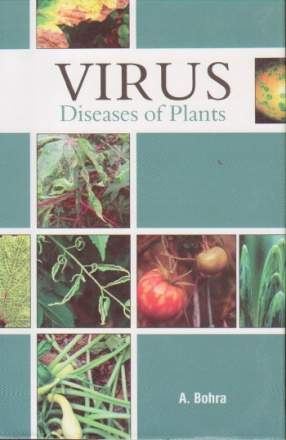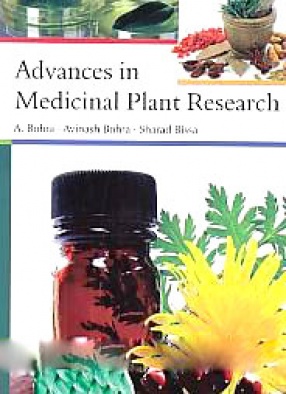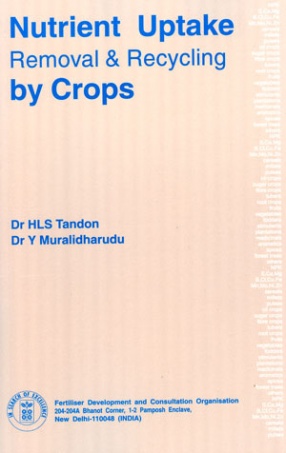Virus Diseases of Plants
Viruses are obligate parasites, that is they require a living host in order to grow and multiply. Once in a wounded cell the virus particle sheds its protein coat and the nucleic acid then directs the production of multiple copies of itself and related proteins leading to the development of new virus particles. Cell to cell movement of plant viruses occurs through the cytoplasmic bridges between cells called plasmodesmata and move systemically throughout infected plants via the phloem. Interestingly many kinds of plants are infected with viruses and show no symptoms. Such infections are referred to as being latent. Some viruses such as cucumber mosaic virus CMV and cowpea mosaic virus CPMV occur as a complex of multiple component particles each containing different nucleic acid cores. In multi component viruses all components have to be present in a plant for infection and replication to take place.
Contents: 1. Introduction. 2. Characteristics of viruses. 3. Classification of viruses. 4. Structure and composition of viruses. 5. Virus purification and assays. 6. Transmission of viral diseases. 7. The relation of a virus to its host plant. 8. Histology and cytology of virus diseased plant. 9. Properties of the virus extract. 10. Economic effects and measures of control general. 11. Virus diseases of food crops. 12. Virus diseases of vegetables. 13. Virus diseases of industrial plants. 14. Virus diseases of fruits. 15. Virus diseases of legume vegetables. 16. Virus diseases of spices. 17. Virus diseases of mushrooms. 18. Virus diseases of ornamental and medicinal plants. 19. Virus diseases of forage feed plants. 20. Virus diseases of minor importance. 21. Some other viruses reported on Alfalfa Grasses.
Get it now and save 10%
BECOME A MEMBER










Bibliographic information